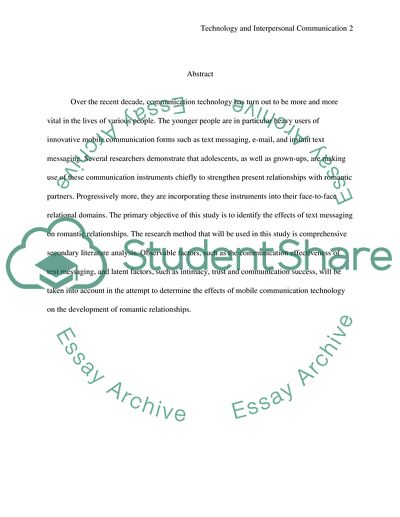Cite this document
(The Effect of the Use of Mobile Telephone Upon the Development and Research Paper, n.d.)
The Effect of the Use of Mobile Telephone Upon the Development and Research Paper. Retrieved from https://studentshare.org/technology/1728546-text-messaging-and-interpersonal-communication
The Effect of the Use of Mobile Telephone Upon the Development and Research Paper. Retrieved from https://studentshare.org/technology/1728546-text-messaging-and-interpersonal-communication
(The Effect of the Use of Mobile Telephone Upon the Development and Research Paper)
The Effect of the Use of Mobile Telephone Upon the Development and Research Paper. https://studentshare.org/technology/1728546-text-messaging-and-interpersonal-communication.
The Effect of the Use of Mobile Telephone Upon the Development and Research Paper. https://studentshare.org/technology/1728546-text-messaging-and-interpersonal-communication.
“The Effect of the Use of Mobile Telephone Upon the Development and Research Paper”, n.d. https://studentshare.org/technology/1728546-text-messaging-and-interpersonal-communication.


